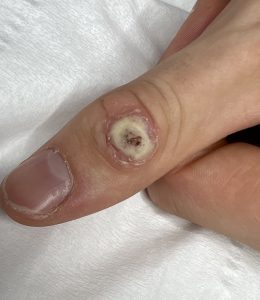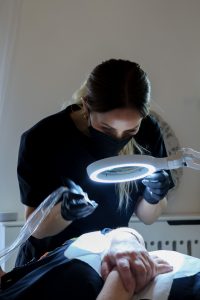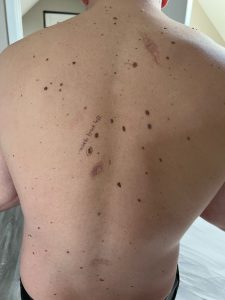
A Real Wart Removal Journey
Patience and Persistence: A Real Wart Removal Journey As a blemish removal practitioner, I’ve come to learn that every person who walks through the door brings not just a skin concern, but also a story. Recently, a young gentleman came in with a particularly stubborn wart on his thumb—a rather large one that had been bothering him for quite some time. While some blemishes respond quickly to treatment, warts tend to have a mind of their own, and it’s important for anyone seeking wart removal to understand one essential truth: it takes time. Warts are caused by the human papillomavirus (HPV), which means they’re not just a surface issue—they’re a


